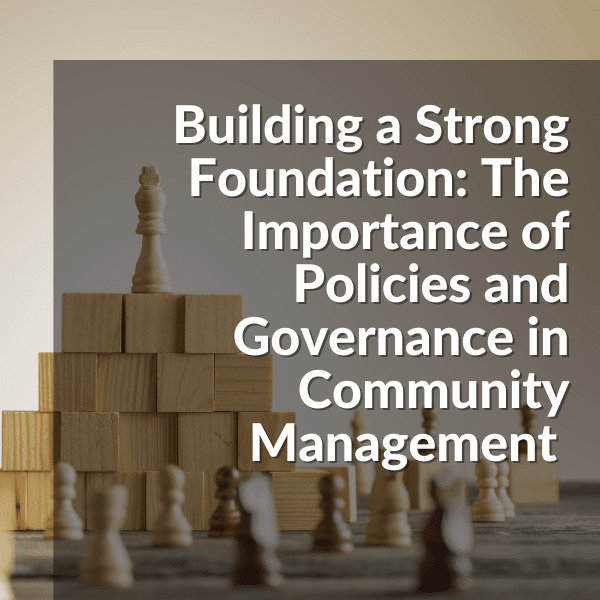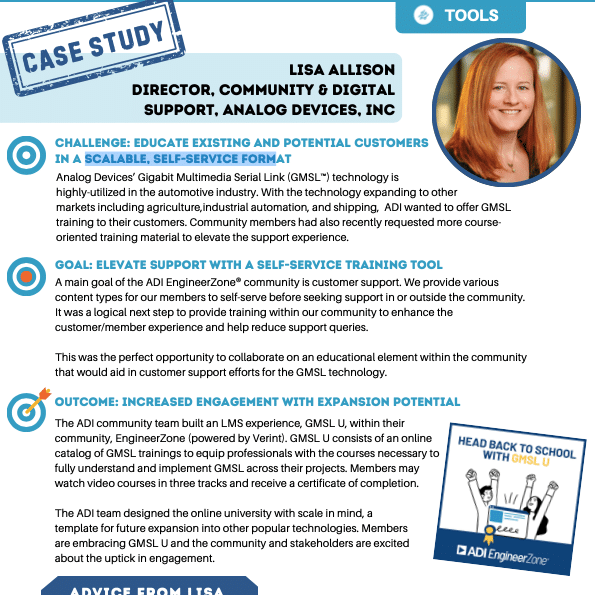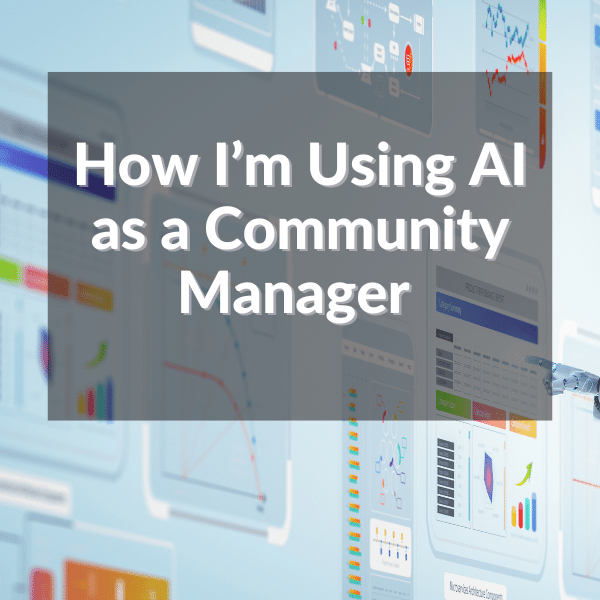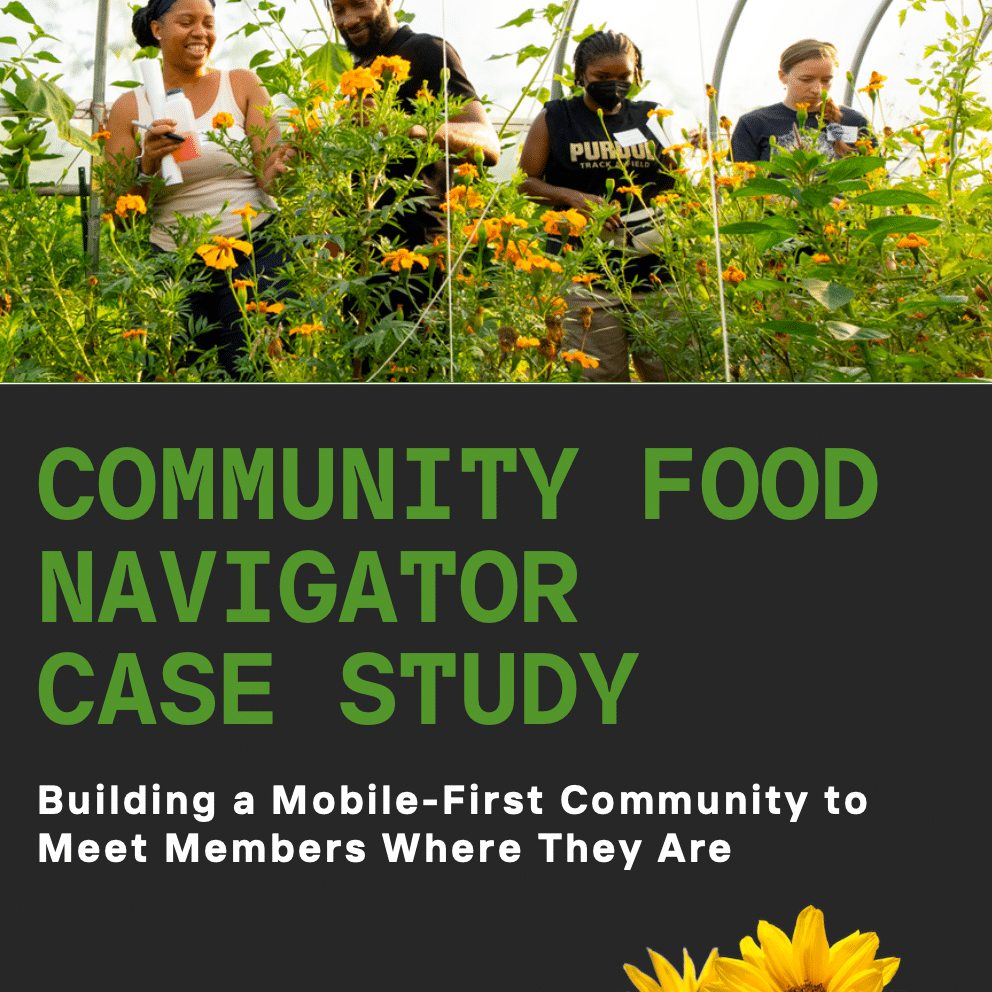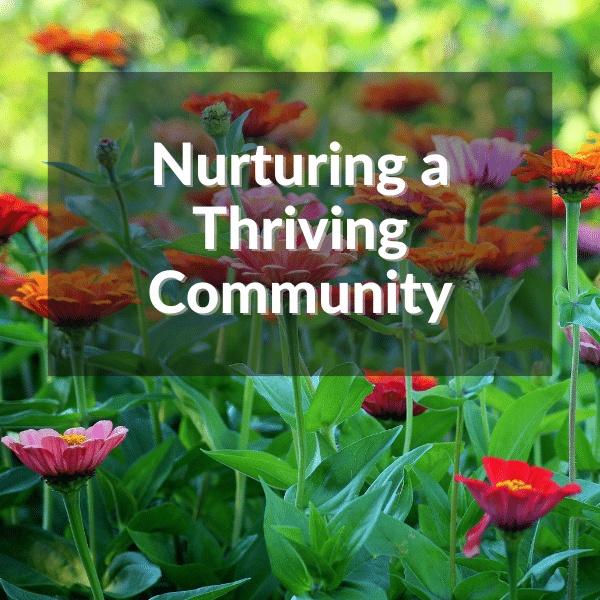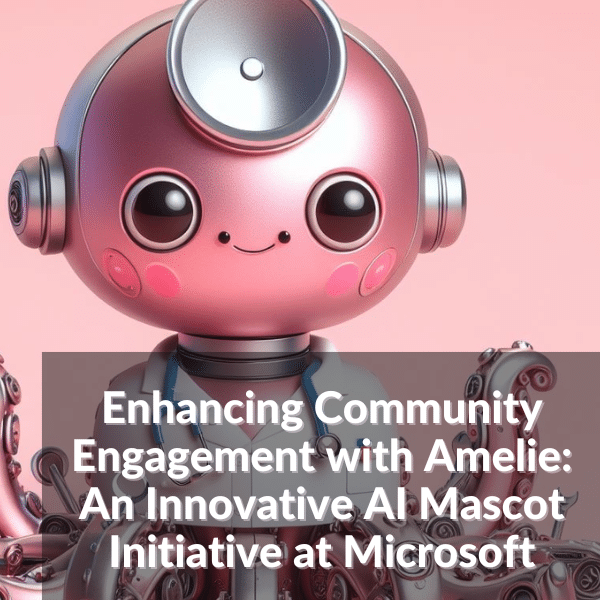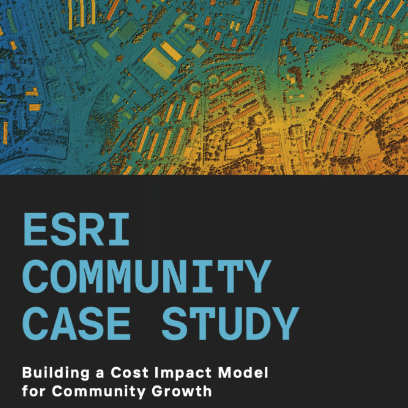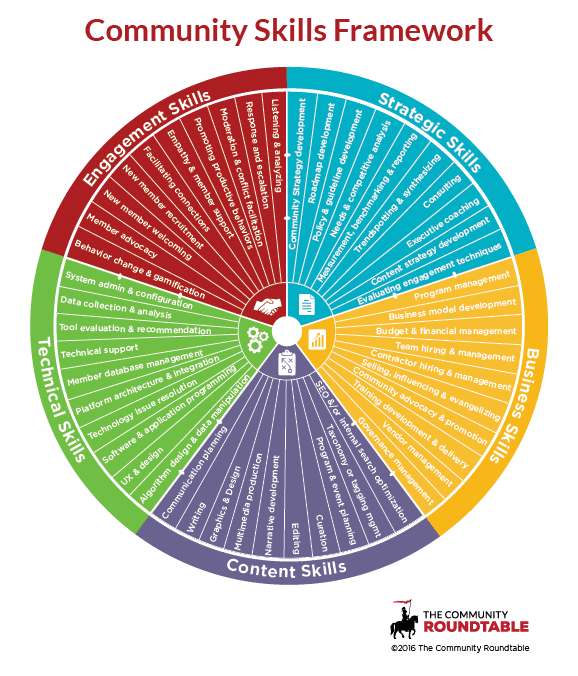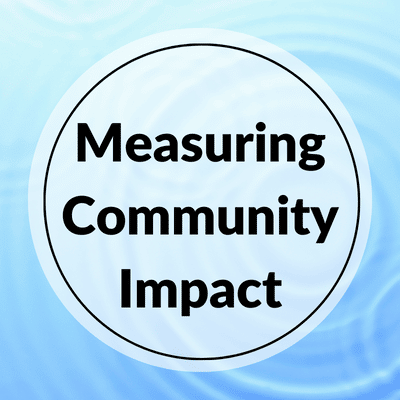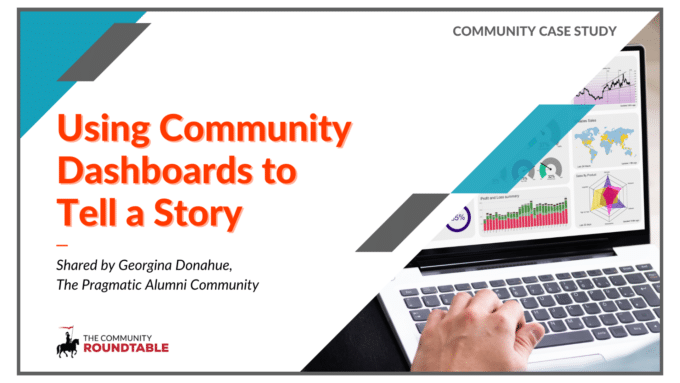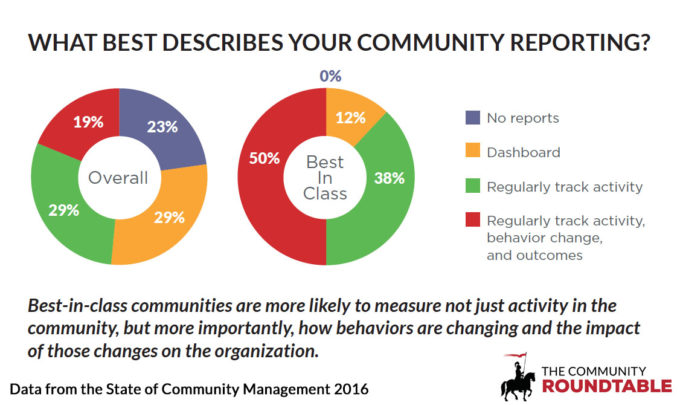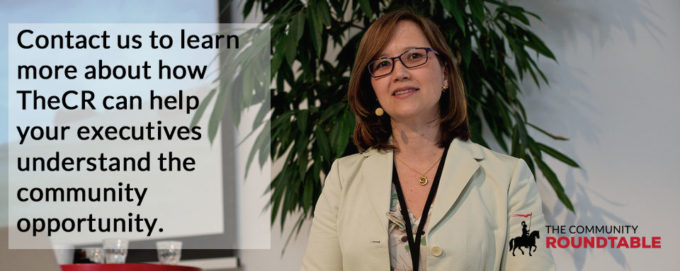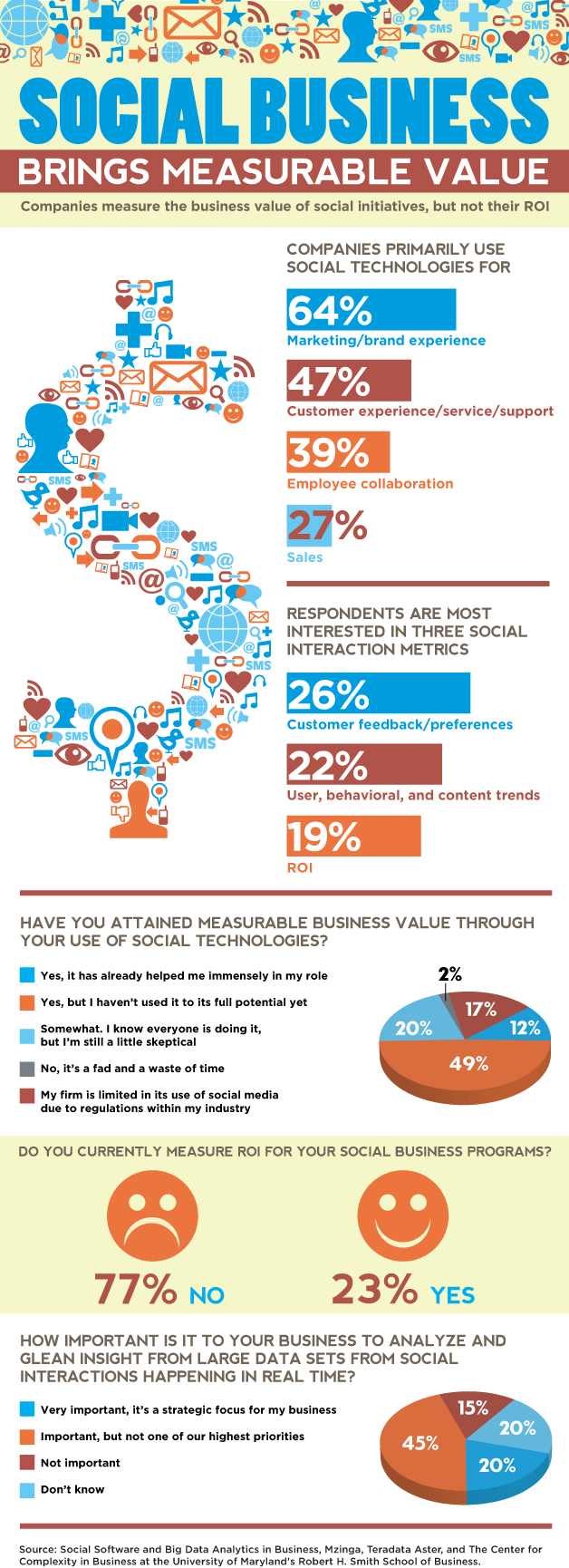Esri is the global market leader in geographic information system (GIS) software, location intelligence, and mapping.
The Esri Community Team uses data-driven models to power community-centric initiatives, and align community efforts with the company’s mission, vision, and values.
Despite having high engagement and satisfied members, the Esri Community team struggled to get organization-wide buy-in for expanded community use cases.
Learn how the Esri Community Team built a Cost Impact Model for their online community program and design an impact model of your own in this community case study.
Download the Esri Case Study


